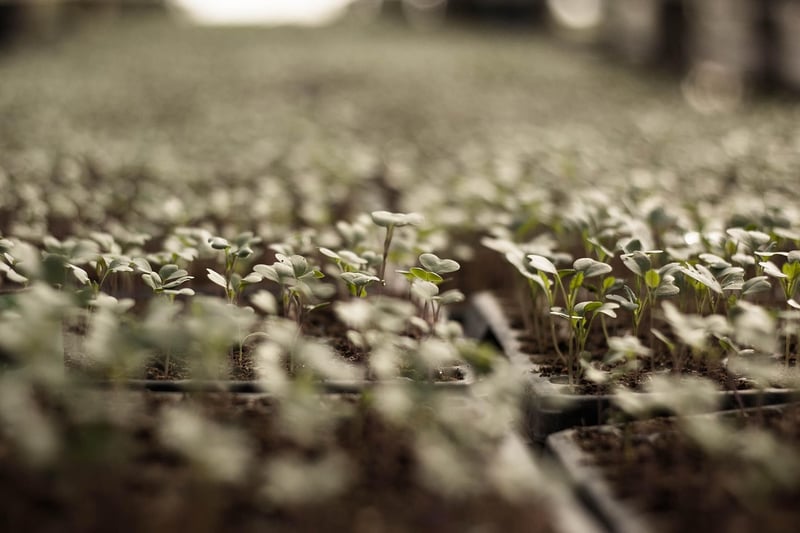Sunlight Needs
Nurturing Your Plants: Understanding Sunlight Needs
Plants are a wonderful addition to any home or garden, bringing in natural beauty and a sense of tranquility. To ensure your plants thrive, it's essential to understand their sunlight requirements. Different plants have varied needs when it comes to sunlight, and providing the right amount can make a significant difference in their growth and health.
Types of Sunlight Needs
Plants can generally be categorized into three groups based on their sunlight needs:
- Full Sun: Plants that require at least 6 hours of direct sunlight each day fall into this category. Examples include tomatoes, roses, and sunflowers.
- Partial Sun/Partial Shade: These plants thrive in 3-6 hours of sunlight daily. Hostas, begonias, and ferns are some examples of plants that fall into this category.
- Shade: Plants that prefer limited or no direct sunlight are considered shade-loving plants. This group includes ferns, peace lilies, and snake plants.
Assessing Sunlight in Your Space
Before choosing plants for your indoor or outdoor space, assess the sunlight conditions available:
- Observe the area throughout the day to determine how many hours of sunlight it receives.
- Take note of any obstructions that may block sunlight, such as buildings or trees.
- Consider the direction the area is facing, as it affects the intensity of sunlight (e.g., south-facing areas receive more direct sunlight).
Nurturing Your Plants
Once you've identified the sunlight needs of your plants and assessed your space, follow these tips to nurture them effectively:
- Place full sun plants in areas with direct sunlight exposure for the required hours each day.
- Partial sun plants can thrive in areas with filtered sunlight or morning sun exposure.
- Shade-loving plants should be placed in areas with indirect or minimal sunlight, such as near east or north-facing windows.
- Rotate your plants occasionally to ensure balanced growth and prevent them from leaning towards the light source.
- Monitor your plants regularly for any signs of sunburn (brown spots on leaves) or etiolation (pale, stretched-out growth) due to inadequate or excessive sunlight.
Conclusion
Understanding and meeting the sunlight needs of your plants is crucial for their overall well-being. By providing the right amount of sunlight based on their requirements, you can promote healthy growth and vibrant blooms, creating a thriving green oasis in your living space.
Remember, each plant is unique, so observe and adapt to ensure they receive the care they need to flourish.

Image Source: Pixabay
